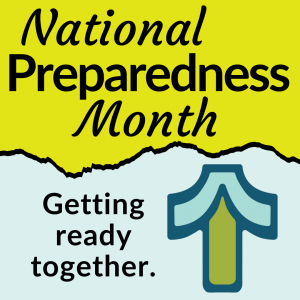- YourGovernment
-
OurCommunity
-
- About Tualatin Advisory Committees Animal Services Community Involvement City Codes City Council City Projects
- Community Crime Reports Customer Service Request Explore Tualatin Now Fire Library Municipal Court Tualatin Today
- Parks & Recreation Passports Permits & Forms Planning & Zoning Police Volunteer Tualatin Moving Forward
-
-
ForVisitors
-
- Parks, Greenways, Recreation and Library Library Parks Public Art Parks and Recreation
- Shopping, Dining, and Entertainment Chamber of Commerce
- Community Events Community Theatre Pumpkin Regatta Special Events
-
- DoingBusiness
-
HowDo I?
-
- Apply for a Job Apply for an Advisory Committee Contact the City Council Get a Copy of a Police Report File a Records Request Find Forms
- Find Planning & Zoning Find Public Transportation Find the City Code Get a Business License Get Email Subscriptions/Notifications Locate City Offices
- Contact the City Pay My Traffic Fine Pay My Water Bill Reserve a Facility Sign Up for a Recreation Program Search the Website Volunteer
-
September is National Preparedness Month
Established in 2004, the goal of National Preparedness Month is to raise awareness about the importance of preparing for disasters and emergencies.
Why is there so much focus on asking us as individuals to be prepared ?
- The idea is that the more ready we are to react and stay safe in an emergency event, the less harm we will experience. Makes sense. Even bigger picture, if we can be somewhat self-sufficient during and immediately after an emergency, our public organizations (think: fire and rescue, law enforcement, local and federal governments, medical and utility providers) can turn their attention to broader post-emergency problems, like restoring public services and repairing infrastructure.
There are lots of ways to prepare and lots of information about specific emergency scenarios. Here are a few easy ways to get started or revisit your emergency plan and a printable resource at the bottom of the page:
Community
-
Check out the Tualatin Emergency Preparedness Fair, hosted by Tualatin CERT and the Tualatin Library. This year, the event is on Saturday, September 13th from 11am-2pm at the Tualatin Library.
-
Neighborhood Ready Workshop on Saturday, September 27th from 10am-12pm at the Library.
Neighbors
- One of the most important resources in an emergency is other people! This is backed up by research. Communities with strong social connections are more likely to recover quickly after an emergency event.
- Say hello to your neighbors, exchange contact info, learn about the "stuff" you each have that would be helpful in an emergency.
- Host a free (virtual or in-person) Neighborhood Ready Meeting. These are free and focus specifically on emergency planning for neighborhoods (https://www.tualatincert.org/tualatin-ready).
- Consider joining the Tualatin Community Emergency Response Team!
Water
- Having an emergency supply of water is one of the most important things you can do to prepare for an emergency. This is because people can survive for weeks without food, but only a few days without water.
- The general rule is to have one gallon of water per person per day to last you 14 days.
- You can store your emergency water supply in your own containers or buy commercially bottled water.
- More info from the Regional Water Providers Consortium here!
Lists
- There are MANY resources, plans, checklists that a quick internet search will bring up, many created specifically with groups like children, businesses, seniors and pet owners in mind.
- Start with www.ready.gov, which is the home of National Preparedness Month.
- Check out Take 5 To Survive, a website devoted to 5-minute preparedness tasks put together by the Washington County Emergency Management Cooperative (www.take5tosurvive.com).
Five-Gallon Buckets
- An unsung hero of emergency preparation. There are so many things you can do with a five-gallon bucket!
- Use it as you emergency kit. See the aforementioned lists for an exciting variety of things you can store in your bucket.
- Learn about the ins-and outs- of using buckets as emergency toilets. Fondly known as “Pee and Poo” buckets, the Regional Disaster Preparedness Organization has free how-to guidebooks, bucket stickers, and materials lists (https://rdpo.net/emergency-toilet).
Alerts and Info
- This one is easy. Take a few minutes to sign up for emergency alerts and know where you can get information. Most alerts can be sent via text, email, phone call, voicemail, and landlines.
- Public Alerts (www.publicalerts.org)
- Washington County Public Alerts (www.wccca.com/PublicAlerts)
- Clackamas County Public Alerts (www.clackamas.us/dm/publicalerts)
- Tune into radio stations like 91.5 KOPB-FM or 101.1 KXL-FM for Portland area news.
- Follow City of Tualatin on Facebook, Instagram, and Twitter
- Follow Tualatin Police Department on Facebook, Instagram, and Twitter
Play a Game
- Designed for kids, but also fun for adults. Help Gayle and friends build their emergency kits by choosing items from around the house.
Happy National Preparedness Month!

